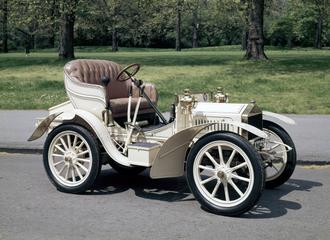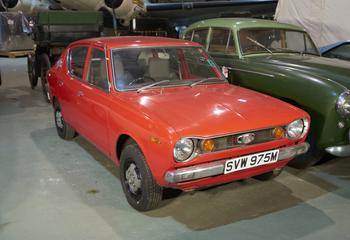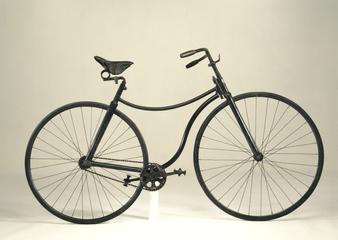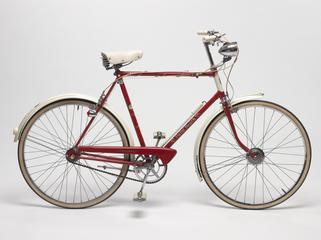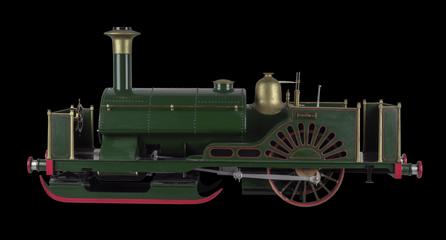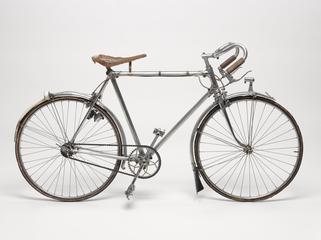
Cape Wagon used by Lord Roberts
Cape wagon, used by the late Lord Roberts, in the South African war
More
This wagon was used by Field Marshal Lord Roberts as his headquarters and personal living quarters during the South African War (1899-1902). The wagon has a painted inscription ‘Commander in Chief’ on the right-hand side of the carriage.
The carriage is a ‘cape wagon’, a type of wagon specific to the Cape region of South Africa. It originated from the colonisation of South Africa by the Dutch East India company. It was designed to withstand the uneven, rough terrain of the Cape Peninsula. The wagon was normally pulled by 6 mules and its light weight enabled it to keep up with the mounted staff personnel, meaning that it was always available for use. This design also served as a prototype of the G.S. type of wagon, which was later used by the British Amy in the First World War for general transport purposes.
The upholstered lockers inside the wagon made a couch for Lord Roberts to sleep on. The wagon has hood hoops that could be attached to support a canvas hood which provided protection from the rain, cold and sun. A tent attached to the side of the wagon could be put up to serve as an office.
The South African War was fought from October 1899 to May 1902 between Britain and the two Boer republics – republics of Dutch farmer colonisers. Field Marshal Lord Roberts entered the South African War in December 1899 as the second Commander in Chief of the British forces. The campaign to secure British colonial dominance of southern Africa was not going well, with Lord Roberts appointed in the wake of three major British defeats known as ‘Black Week’. Lord Roberts was a highly decorated military leader who had been involved in the suppression of the Indian Rebellion of 1857 and played a leading role in the Second Afghan War, which aimed to ensure British influence in Afghanistan. Lord Roberts’ time as Commander in Chief oversaw the annexation of the Orange Free State and the Transvaal but also the adoption of a controversial ‘scorched earth’ policy. This policy, partly in retaliation to Boer guerrilla tactics and partly to reduce support and supplies for Boer fighters, involved the burning of Boer and African farms and the rounding up of Boer women and children and Black Africans into segregated concentration camps. More than 26,000 Boer women and children and 15,000 Black people died as a result of the terrible conditions in these camps.
- Measurements:
-
overall: 2070 mm x 1900 mm x 4400 mm,
- Materials:
- wood (unidentified) and textile
- Object Number:
- 1939-265 Pt1
- type:
- wagon - cargo vehicle
- Image ©
- The Board of Trustees of the Science Museum
